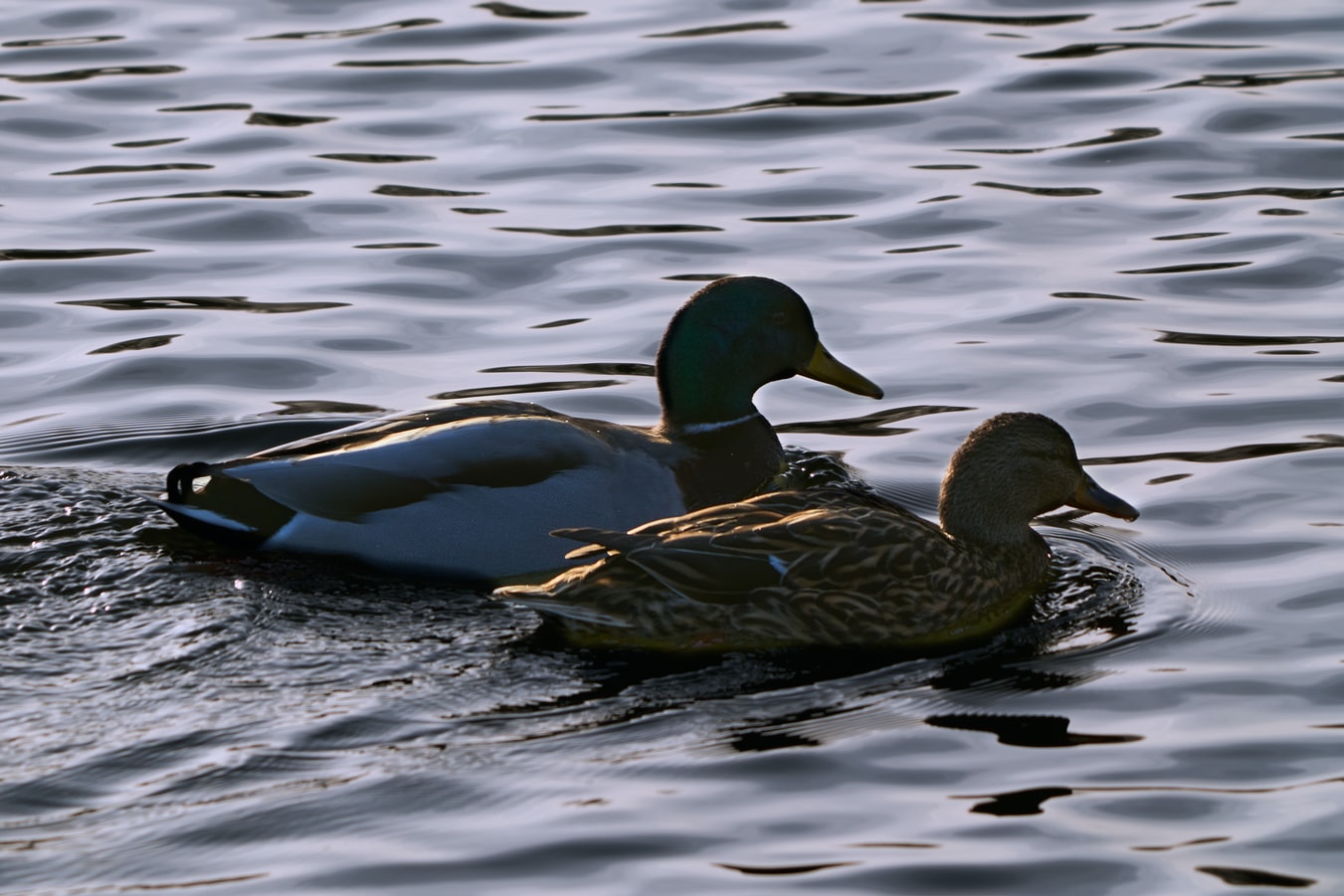
101 million Americans on average partake in hunting, with the number of duck hunters in the U.S. now reaching almost one million, a recent five-year report by the U.S. Fish and Wildlife Service reveals. For waterfowl hunters, learning how to shoot accurately makes the sport all the more satisfying. Consistently making a good shot is possible with the right knowledge and practice.
Get a gun that fits
If your shotgun doesn’t fit you properly, you’ll inevitably struggle to make an accurate shot. When shouldered, your shotgun should slide smoothly into the correct position; it should essentially feel like an extension of your arm. Taking your shotgun to a reputable gunsmith is therefore a worthwhile decision. A gunsmith can ensure your shotgun is fitted correctly and make any necessary adjustments to the shotgun stock. Make sure you go in the clothing you typically wear while hunting (like a bulky parker and waders) to ensure an accurate fit.
Practice year round
Pre-season practice can ensure you’re at the top of your game come hunting season. When it comes to shotgun shooting, practice and repetition are key to success. You need to know how to shoulder your shotgun comfortably, how to use the beads effectively, and how the gun swings. For practicing waterfowl hunters, dove hunting is ideal as the two species share similar wingbeats. Otherwise, clay shooting is a good alternative. Also, practice using a rangefinder to learn how to make more accurate shots. A rangefinder can calculate distances from blind spots to specific landmarks. So, when a bird approaches, you can use these landmarks to quickly determine the bird’s range. Greater accuracy prevents missed shots and causing needless pain to escaping birds.
Don’t rush
Rushing your shot is a surefire way to miss. If the bird is too high or too far away, slow down and wait a few seconds for it to get in range. Ideally, wait for your target to lock its wings, which indicates it’s slowing down and planning to land. Hunters also typically aim for the easiest targets (the closest or lowest) and often end up shooting at the same bird. To avoid this, aim for either the highest or last bird in an approaching flock.
Working to improve your skill and accuracy makes waterfowl hunting an even more rewarding pastime. These tips will help you grow your shooting knowledge and confidence.
